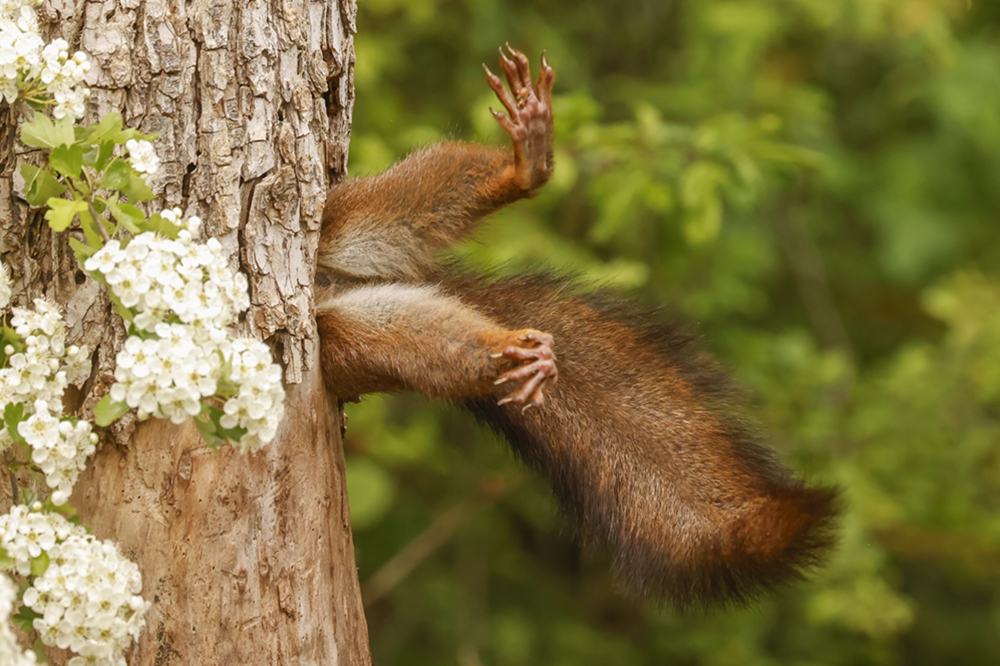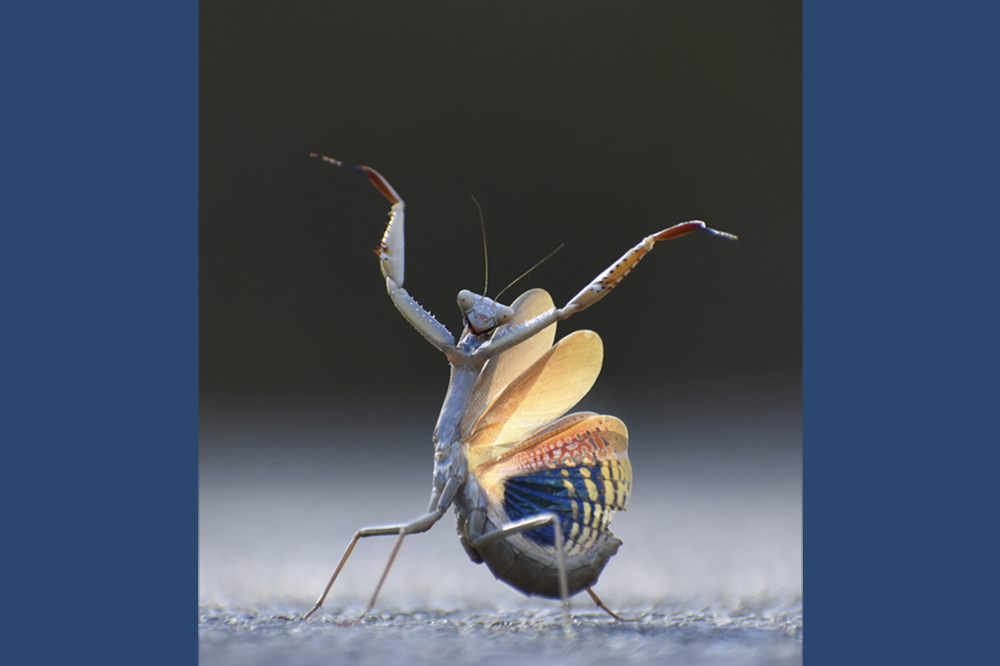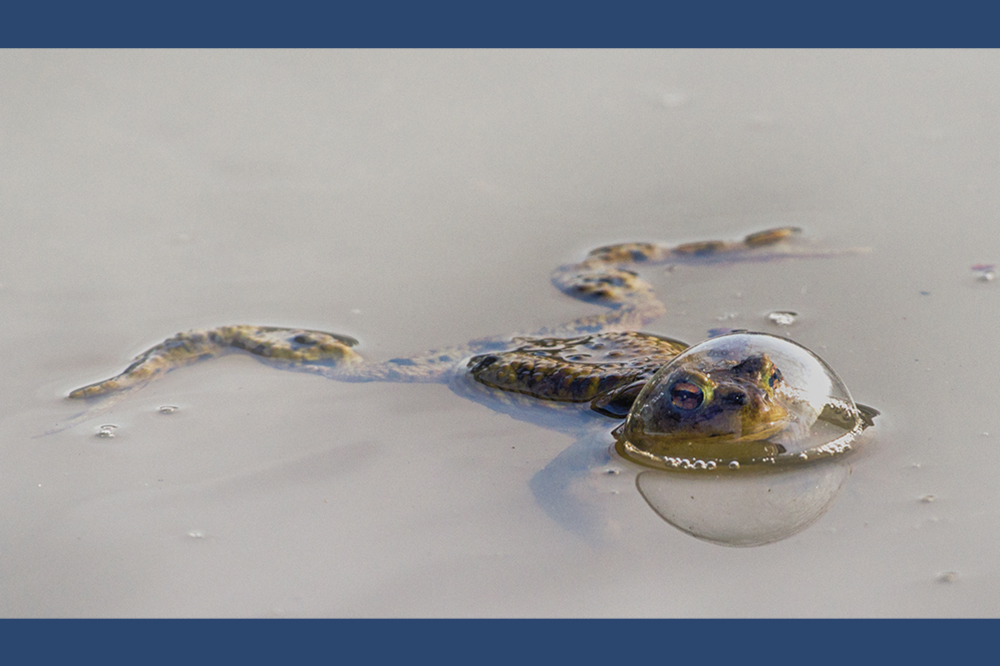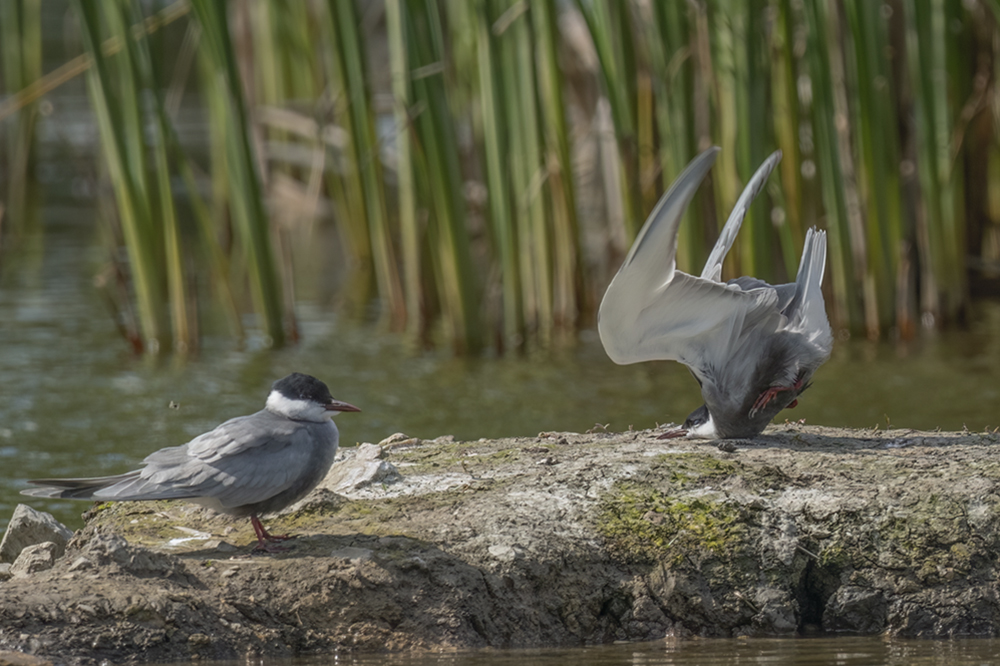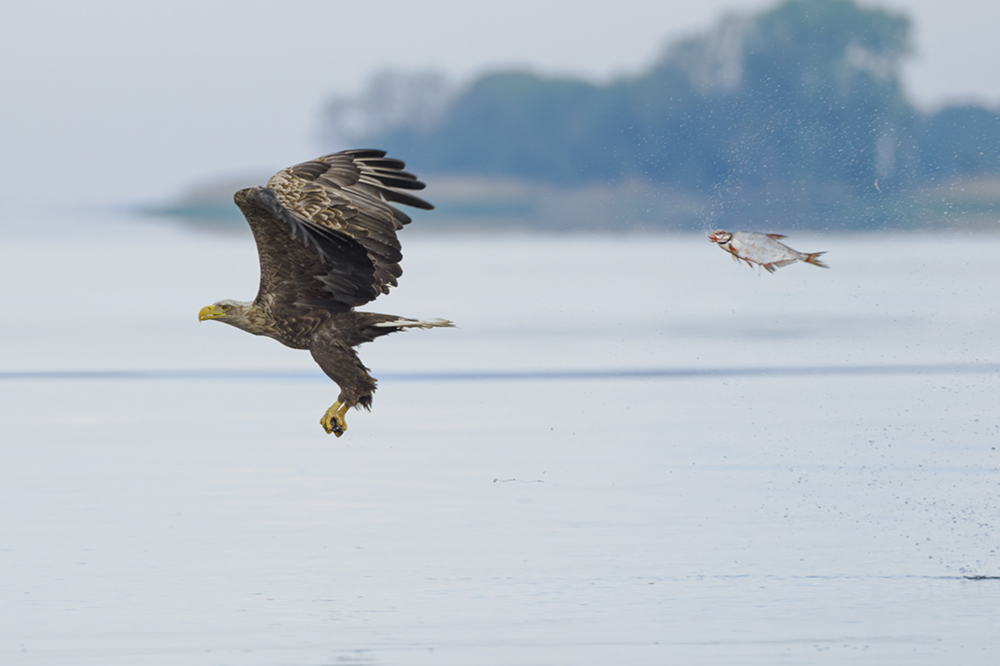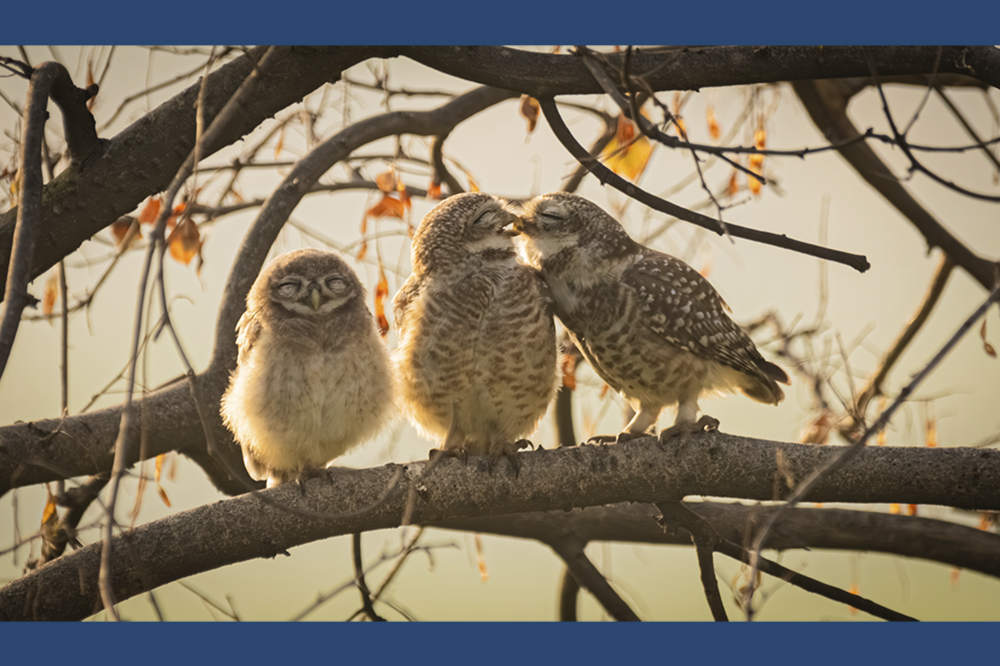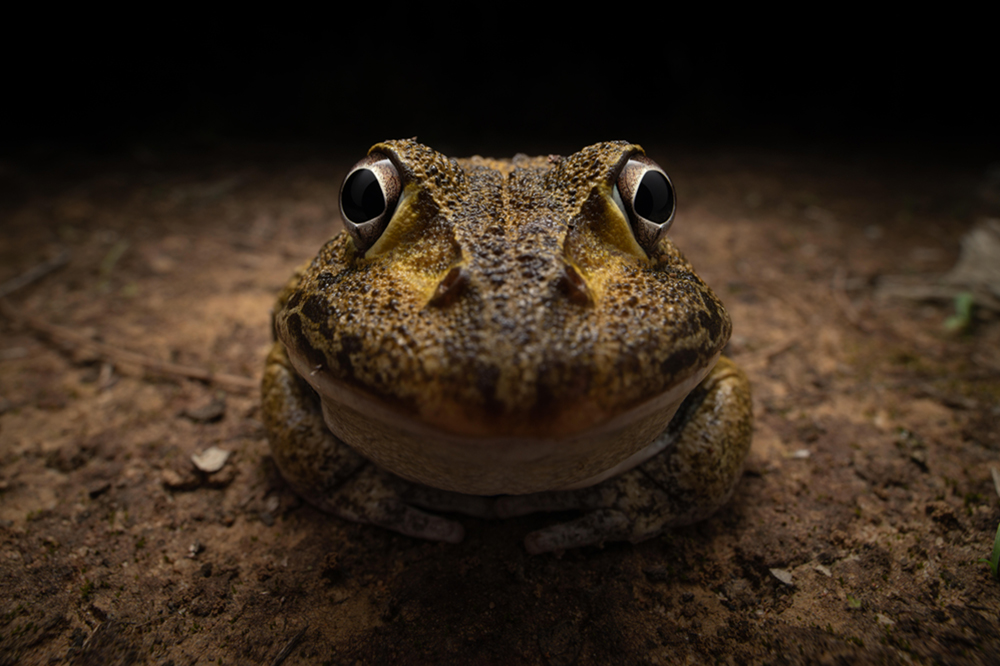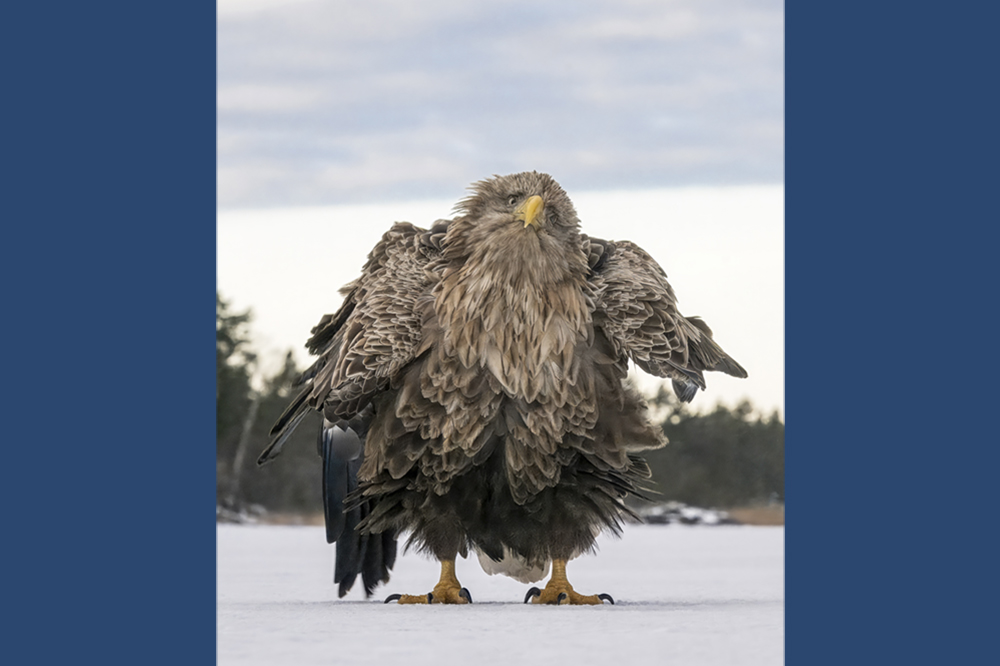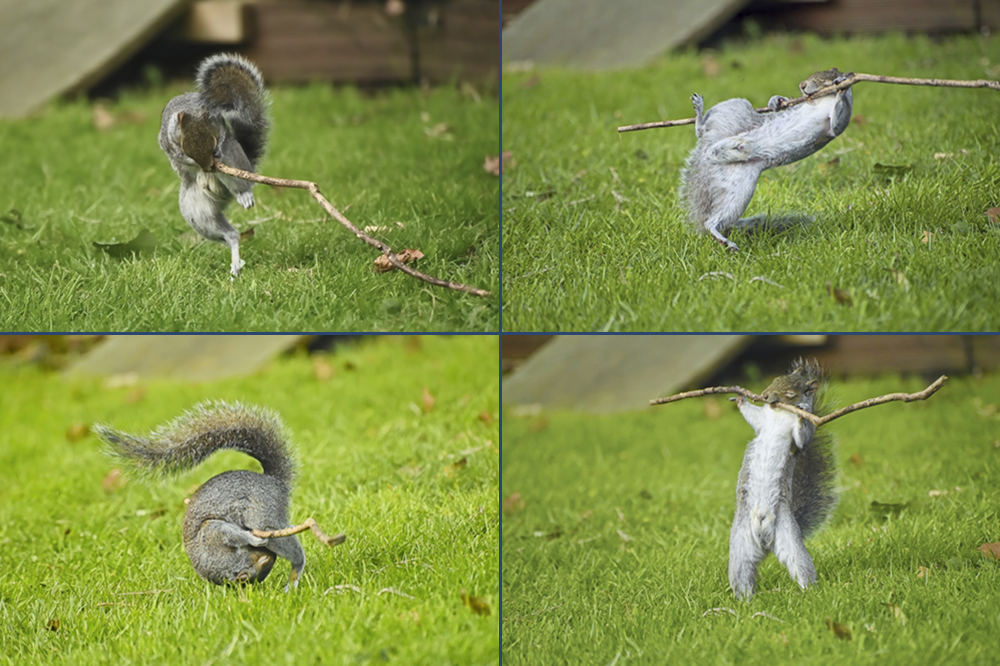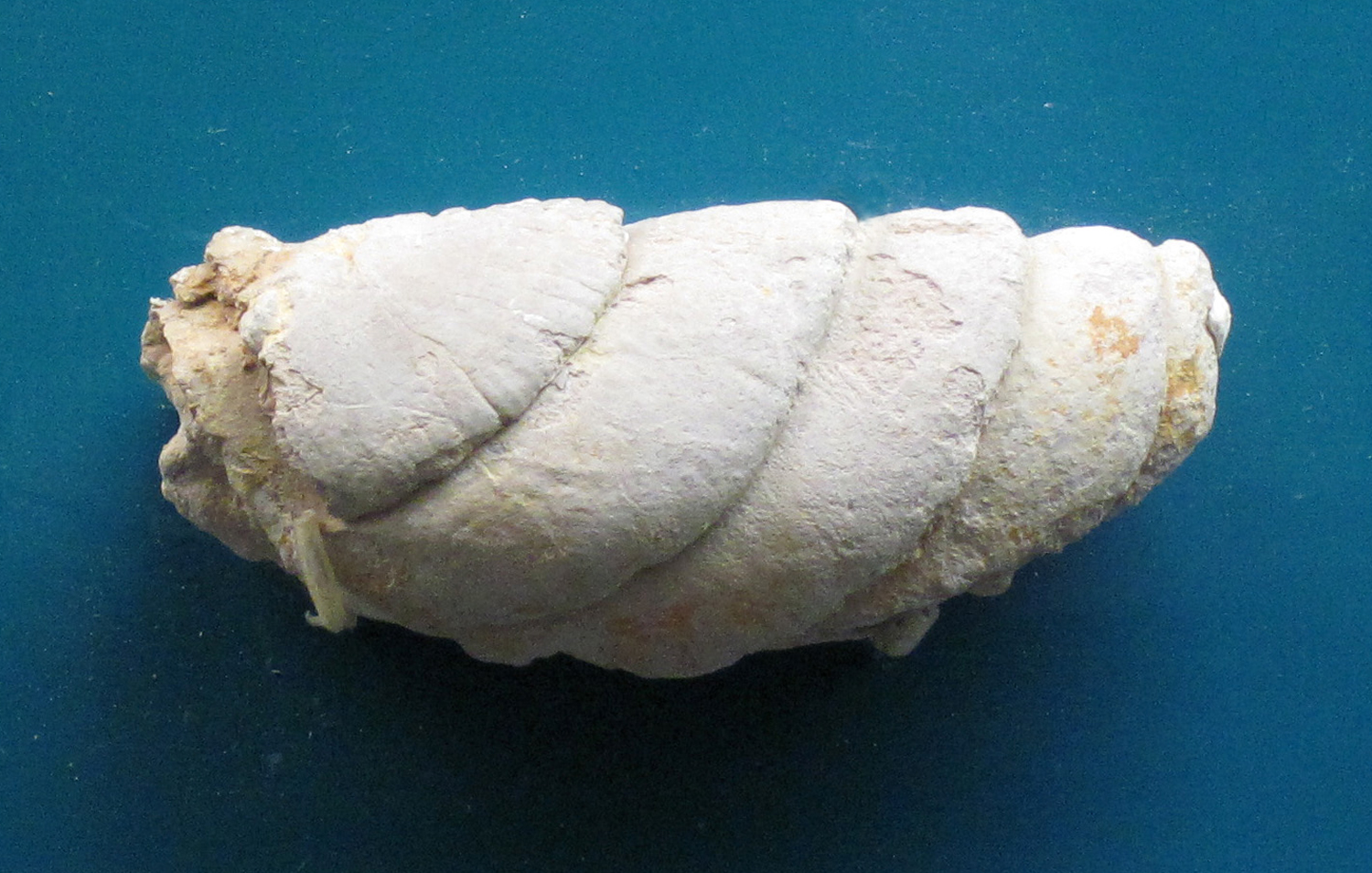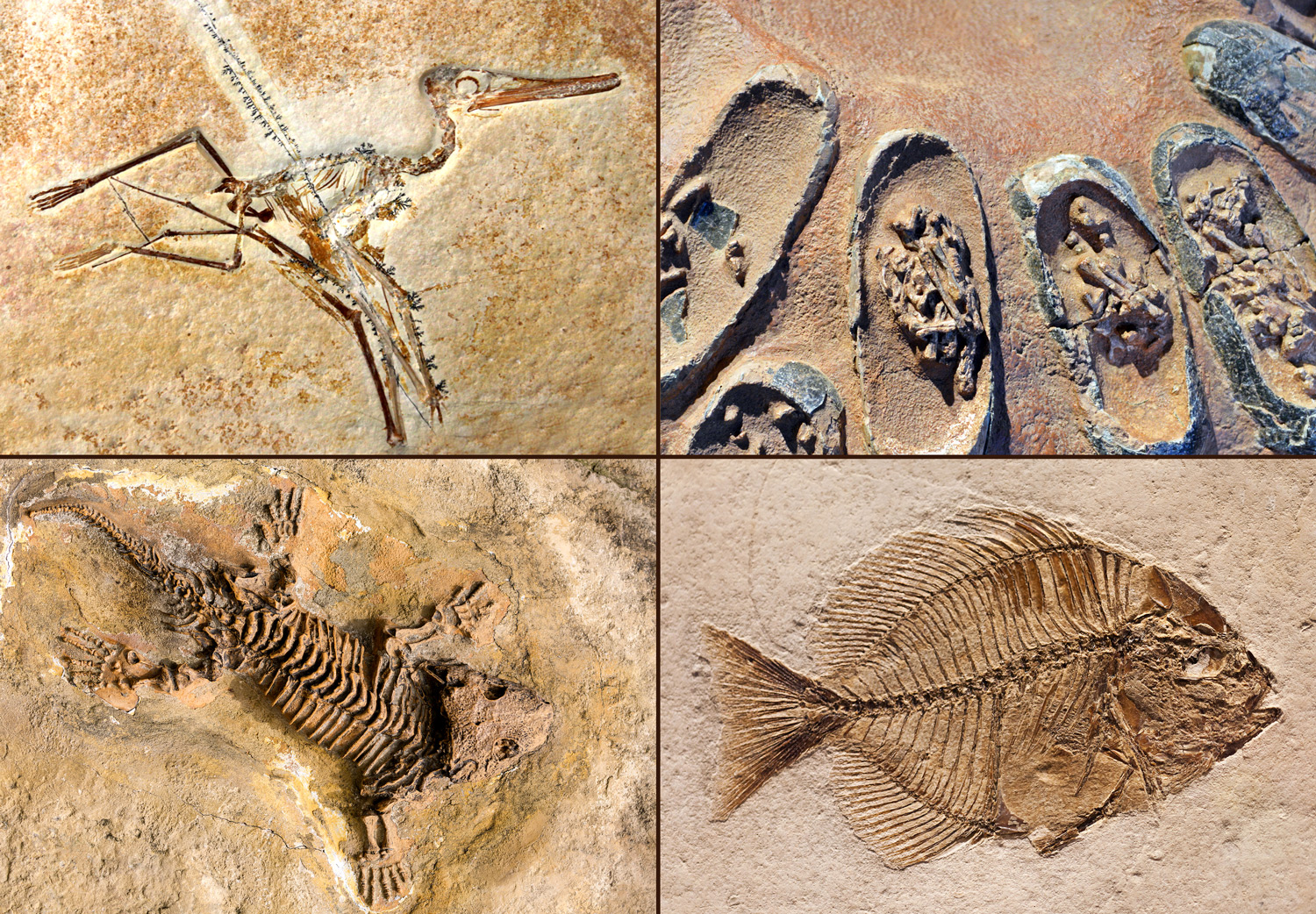What Dino Waste Can Tell Us
How did dinosaurs become dominant during their time? The answer may be in dinosaur poop.
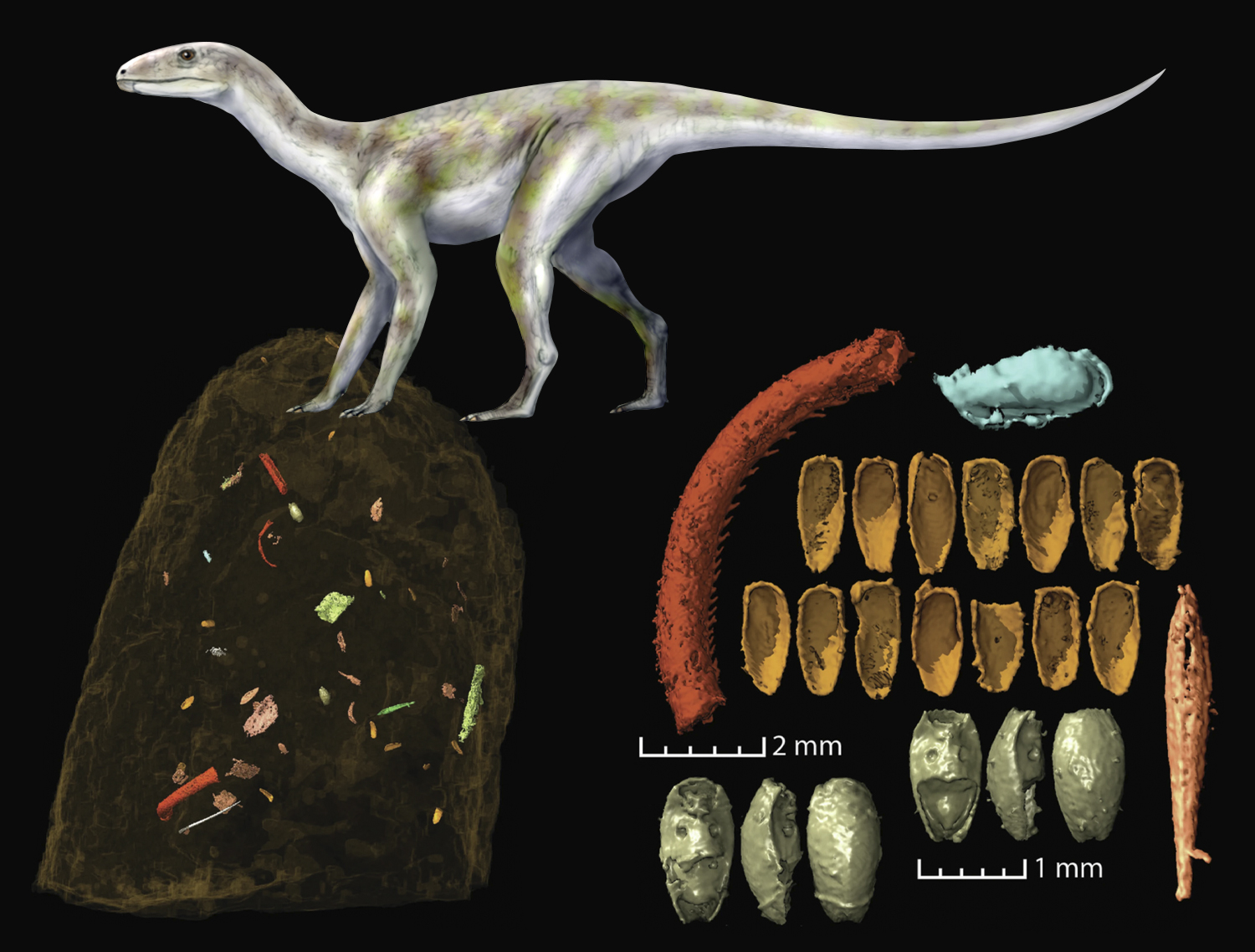
© Nobumichi Tamura—Stocktrek Images/Getty Images; Qvarnström, M., Vikberg Wernström, J., Wawrzyniak, Z. et al. Digestive contents and food webs record the advent of dinosaur supremacy. Nature 636, 397–403 (2024). https://doi.org/10.1038/s41586-024-08265-4 (CC BY 4.0); Photo composite Encyclopædia Britannica, Inc.
This illustration shows a coprolite (poop fossil) from a dinosaur called Silesaurus opolensis. The coprolite contained pieces of insects the dinosaur had eaten.
Scientists have spent a long time studying how the dinosaurs became extinct, but a lot less is known about how these massive reptiles were able to become the dominant predators of their time. Now, researchers have begun to unravel this mystery. And it’s all thanks to dinosaur poop.
Poop fossils, which scientists call coprolites, contain a wealth of information about the animals that produced them. Their size is related to the size of the animals, and their contents include remnants of what the animals ate. So a group of scientists led by Martin Qvarnström of Uppsala University in Sweden studied more than 500 coprolites dating back 247 million to 200 million years.
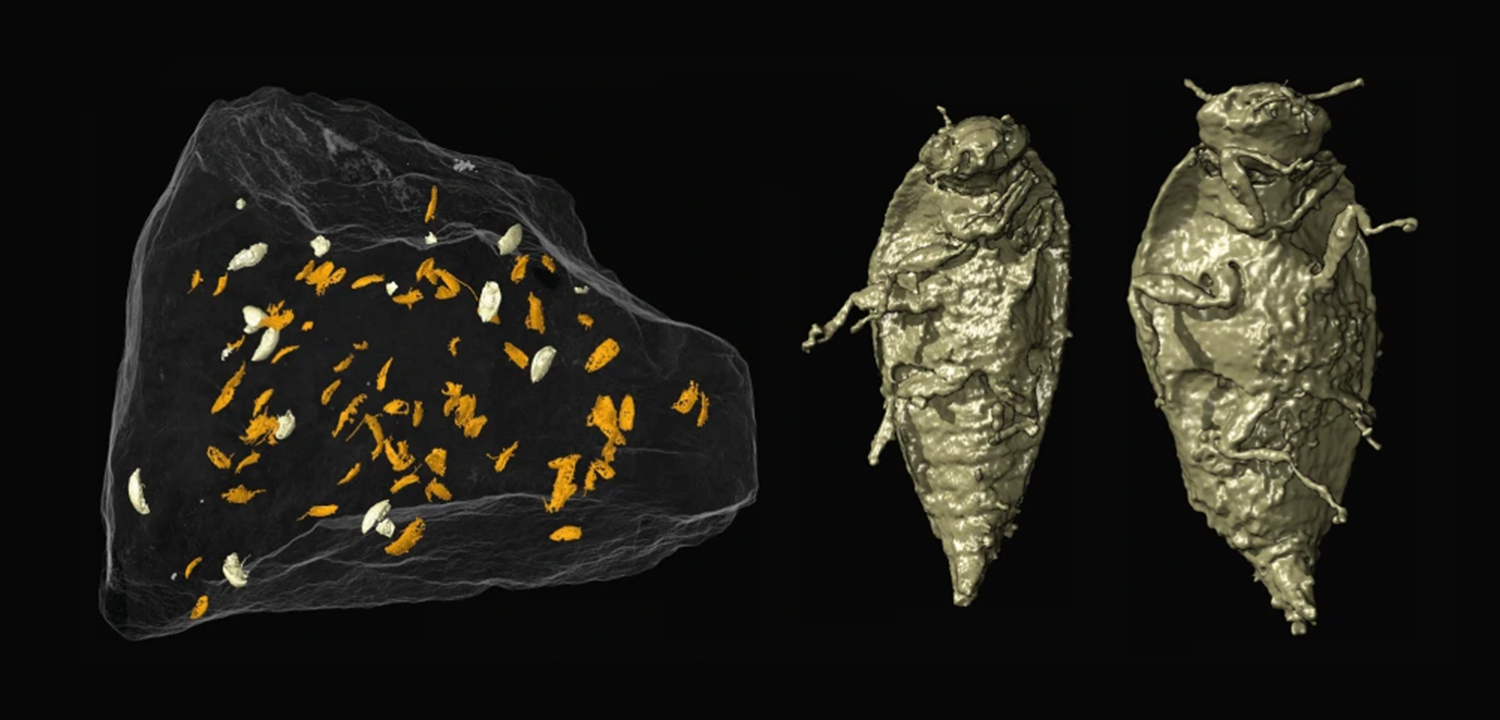
Coprolite – Qvarnström, M., Vikberg Wernström, J., Wawrzyniak, Z. et al. Digestive contents and food webs record the advent of dinosaur supremacy. Nature 636, 397–403 (2024). https://doi.org/10.1038/s41586-024-08265-4 (CC BY 4.0)
This illustration shows a coprolite (poop fossil) from a dinosaur called Silesaurus opolensis. The fossil contained insects, which are shown in close-up.
Using a scanner, the scientists found a huge variety of food remnants in the oldest fossils. This told them that the earlier dinosaurs were eating whatever they could find—unlike some other animals, which had more limited diets.
“The first dinosaur ancestors—they were opportunistic,” Qvarnström told NPR. “They were eating insects, fish, plants.”
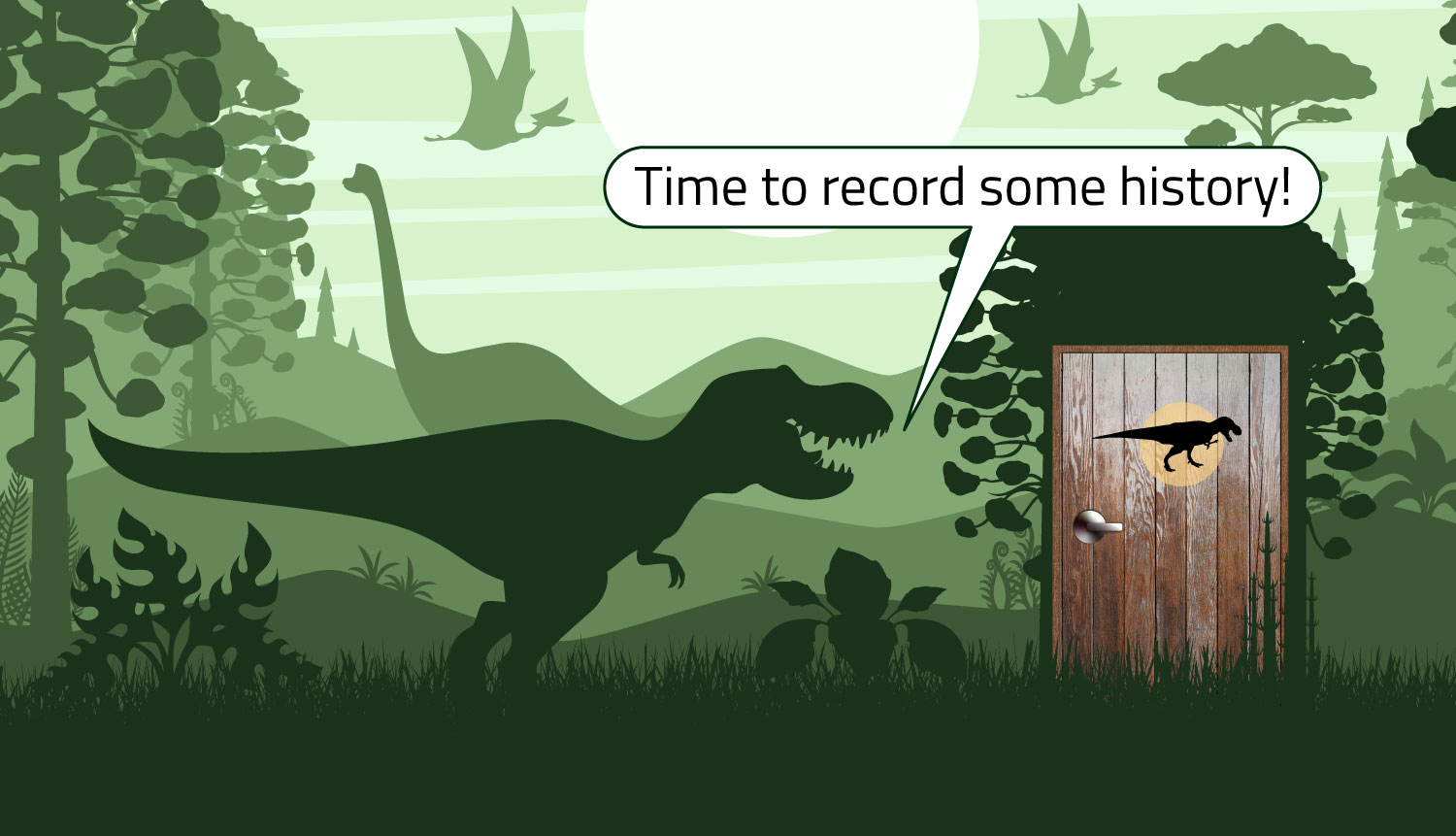
© Seamartini/Dreamstime.com; Illustration composite Encyclopædia Britannica, Inc.
Since these dinosaurs weren’t picky eaters, they were able to survive changes to their environment, including changes in the foods that were available. And since they survived that period, they were able to evolve into a variety of types of dinos, including huge predators that had few or no natural enemies. Eventually, dinosaurs ruled the world—until (scientists believe) an asteroid struck 66 million years ago and caused their extinction.
Grzegorz Niedźwiedzki, another scientist who was involved in the study, told CNN that the dinosaurs’ success could be a lesson for all of us: It pays to be an adventurous eater.
“Eat your veggies and live longer,” Niedźwiedzki concluded.
